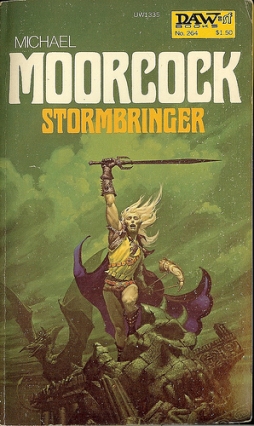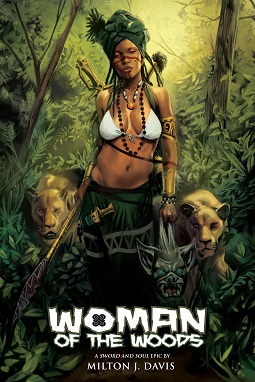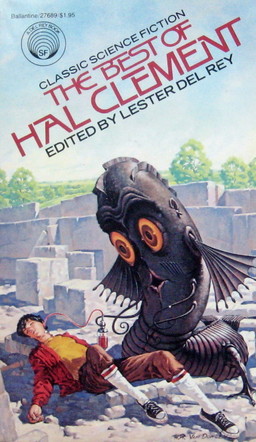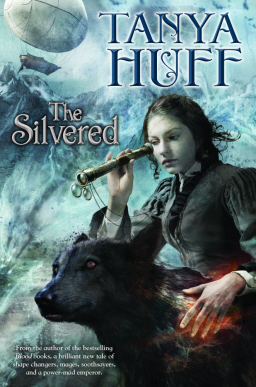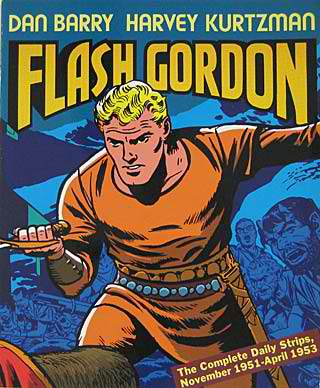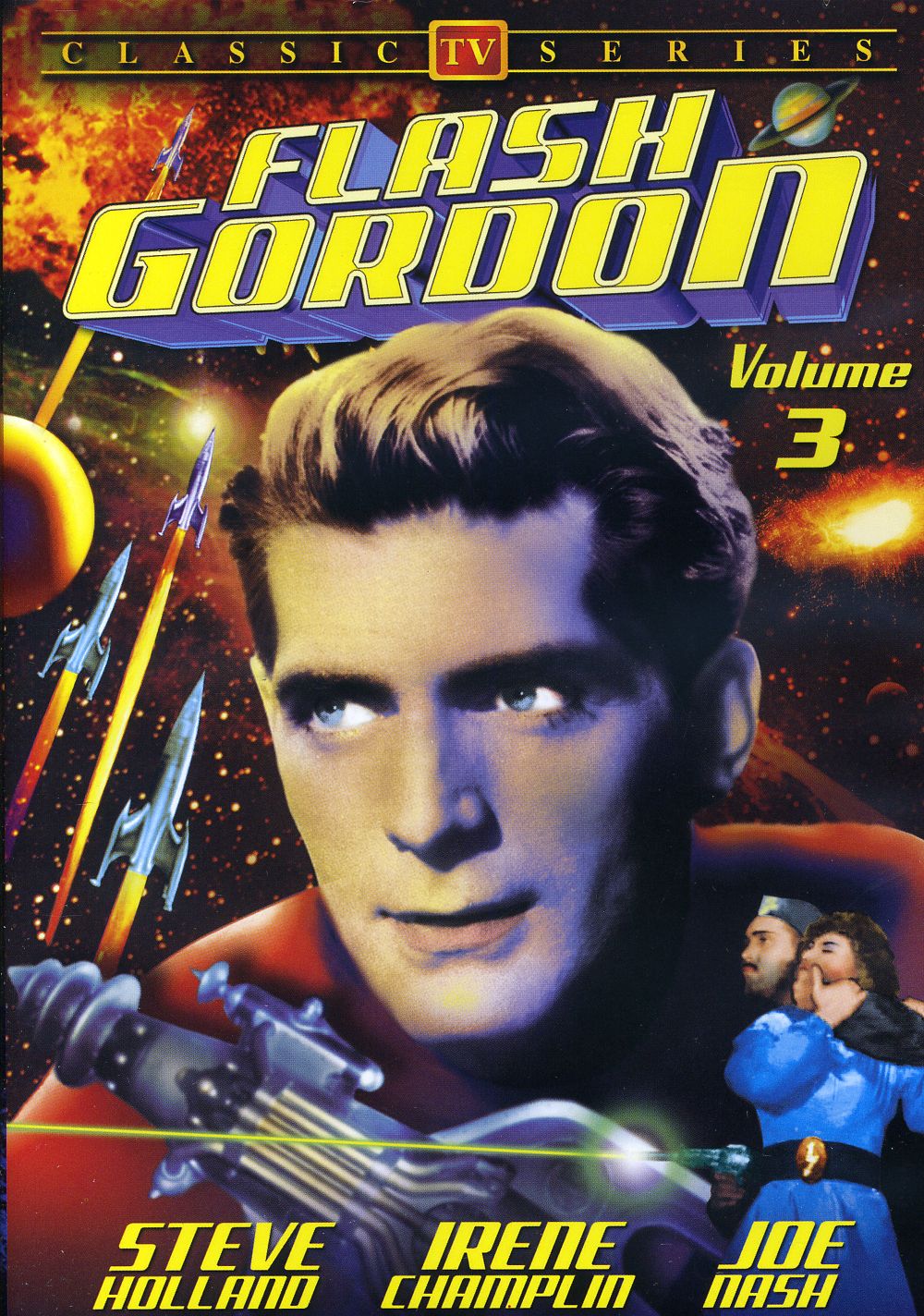The Black Fire Concerto & the Monsters of Memory
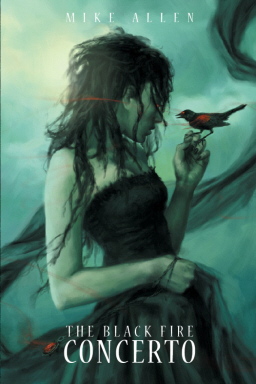 I love monsters. Don’t we all?
I love monsters. Don’t we all?
When it comes to monsters, one of the best things about writing dark fantasy fiction is that it gives you a chance to build your own.
My first novel, The Black Fire Concerto, is packed with monsters. Black Gate overlord John O’Neill has generously invited me to talk about where my creatures came from, in the spirit of the Monstrous Posts on Monsters series I wrote many moons ago for all you denizens of the shadowlands.
The world of The Black Fire Concerto has been ravaged by a ghoul plague (though one could argue that’s the least of its problems.)
My ghouls are yet another riff on the zombie motif (now, now, no need to roll your eyes, just hear me out.) Most zombie plagues in film and in books pay a lip service of sorts to science fiction – the agent that gets dead flesh moving again is a virus, or an alien undeath ray, or something cut from that pseudo-scientific cloth.
Zombie epidemics have become so pervasive in popular culture, at least here in the U.S., that we only need a little hand-waving in the direction of chemical weapons and government conspiracies to suspend our disbelief – never mind that basic biology tells us the concept is ridiculous.
